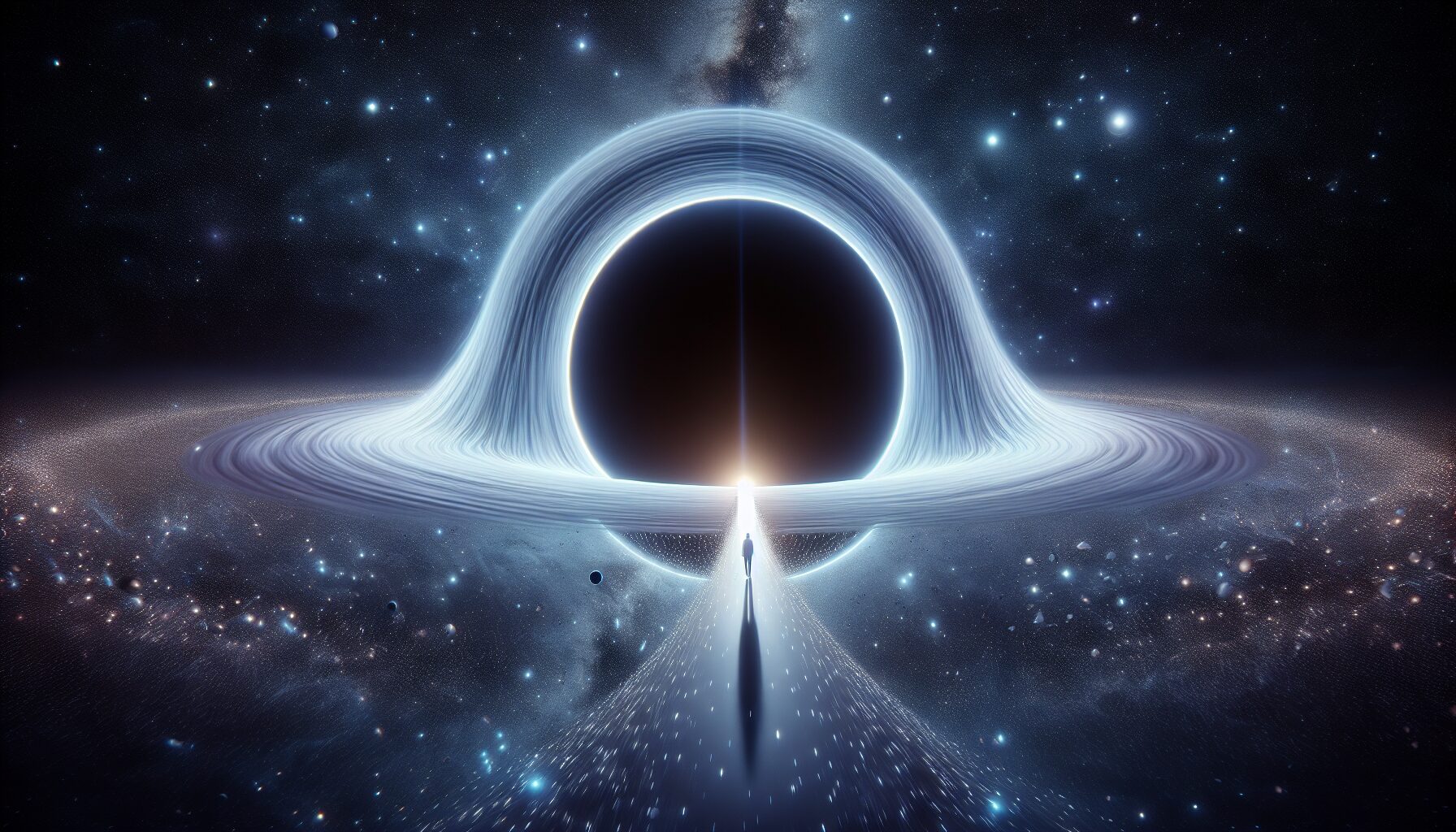The concept of crossing a river as a passage into the afterlife is a fascinating and recurring theme in various mythologies around the world. From the ancient Greeks to Native American tribes, rivers have symbolized the boundary between life and death, a threshold that souls must traverse in their journey to the other world.
The Styx and the Acheron: Greek Mythology
In Greek mythology, the underworld was a complex realm where the souls of the dead resided. The River Styx is perhaps the most famous of the mythological rivers associated with the afterlife. According to legends, souls were required to cross the Styx to enter Hades, the realm of the dead. Encyclopædia Britannica describes the Styx as a conduit to the underworld, where Charon, the ferryman, transported souls across for the cost of a single coin.
Another river in Greek myth, the Acheron, is often referred to as the “river of woe.” The crossing of the Acheron is sometimes viewed as critical a step as traversing the Styx, symbolizing the finality of death. In The Odyssey, Homer speaks of these rivers, weaving the dread and mystery of death’s passage into the tapestry of life’s inevitable end.
The Vé River in Norse Mythology
Norse mythology also holds its version of the river crossing through Vé Freki, a river where the dead embarked on their path to the underworld. This river flowed into Helheim, ruled by the goddess Hel. Unlike the Greek tradition, where spirits could occasionally return to the land of the living, Norse souls remained eternally across this threshold, reinforcing the impenetrability of death. The bleakness of this river crossing resonated deeply in the Norse worldview, echoing themes of inevitability and darkness.
The River of Forgetfulness in Hindu Beliefs
Hindu mythology presents the River Vaitarna, a harrowing obstacle souls must cross to reach Yamaloka, the abode of the god of death. Mention of this river can be found in various scriptures such as the Mahabharata. The Vaitarna symbolizes the shedding of earthly attachments, a cleansing of sorts before the soul ascends or reincarnates. The crossing signifies the transition from the material world into ethereal realms, a necessary step in the cycle of life and death.
Native American Spirits and the Spirit River
For many Native American tribes, such as the Mandan and Ojibwe, rivers represented the pathway to the spirit world. These cultures revered the physical bodies of water within their environment as transformative pathways, where ancestral spirits journeyed beside living waters. The river crossing, often conducted by spiritual figures or animal guides, signified not an end but a continuation of the soul’s purpose and existence within a different plane.
“Rivers…not only grant life and abundance to tribes but also represent life’s passage and the continuation of being beyond its physical constraints.” – Native American sayings
Symbolism and Universal Themes
The idea of crossing a river to reach the afterlife spans continents and cultures, indicating a universal symbolism in how humans perceive death. Rivers, with their changing currents, mysterious depths, and ceaseless flow, mirror the enigmatic and uncertain nature of death. The geographic barrier translates into a psychological passage, theorized over centuries by scholars worldwide.
Water, as an element, embodies transformation, healing, and rebirth. The river’s symbolism in mythology reflects similar properties—a cleansing of the soul, renewal through departure, and transformation through transcendence. The theory and allure of rivers as metaphors for this journey are further enriched by their presence in literal landscapes, anchoring spiritual beliefs into observable nature.
Conclusion
While each culture may vary in its narrative details, the central theme of the river crossing encapsulates a shared human enigma: the transition from life to death. Whether as a calming guide or a foreboding challenge, these mythic rivers offer pathways through deep-seated fears toward the hope of existence beyond mortal confines.
These myths serve as reminders that death, while often shrouded in fear, can also signify new beginnings. As eternal as the flow of rivers, so too is the continuity of the human spirit within the stories we’ve told through generations, tales echoing with the timeless courage of those who dared to cross.

